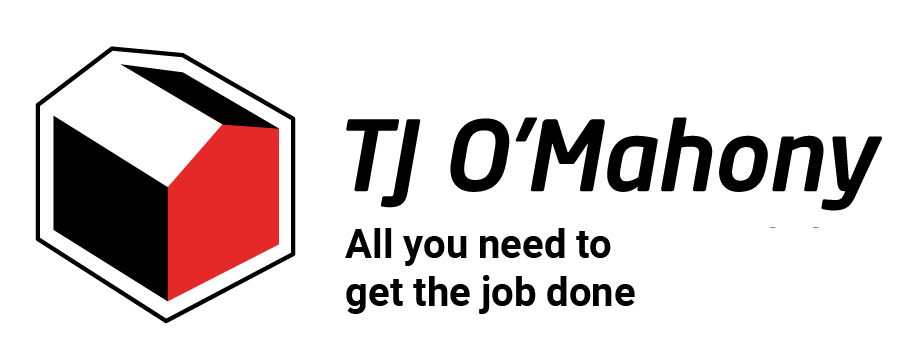
Understanding the Different Types of Insulation and How to Choose the Right One.
When it comes to enhancing the energy efficiency of your home, insulation is one of the most crucial elements. In Ireland, where the climate is often damp and chilly, effective insulation can significantly reduce your heating costs and increase comfort. However, with a wide range of insulation materials available, choosing the right one can be daunting. This guide will help you understand the different types of insulation and how to select the best option for your home.
1. Why Insulation Matters in Ireland:
Ireland's climate is characterised by mild winters and cool summers, with high levels of humidity. Homes that are not properly insulated can lose a significant amount of heat through the roof, walls, floors, and windows. Proper insulation not only keeps your home warm during winter but also helps to keep it cool during the summer, reducing the need for excessive heating or cooling. Moreover, good insulation can contribute to reducing your carbon footprint, aligning with Ireland’s goals to combat climate change.
2. Different Types of Insulation
Fibreglass Insulation Fibreglass is one of the most common types of insulation. It consists of fine strands of glass and is available in batts or rolls. It's an affordable option and is particularly effective for insulating walls, floors, and roofs. However, it requires careful installation to avoid gaps, and protective gear is necessary when handling it, as the fibres can be irritating to the skin and lungs.
Mineral Wool Insulation Mineral wool, which includes rockwool and slag wool, is another popular choice in Ireland. It’s highly resistant to fire and has excellent soundproofing qualities. Mineral wool can be more expensive than fibreglass but is easier to install and more effective in damp conditions, making it a good choice for Irish homes.
Expanded Polystyrene (EPS) and Extruded Polystyrene (XPS) These rigid foam insulation materials are often used for insulating foundations, floors, and roofs. EPS is more affordable, but XPS offers better moisture resistance, which is important in Ireland's wet climate. Both types provide a high insulating value and are lightweight and durable.
Spray Foam Insulation Spray foam is applied as a liquid that expands into a solid, filling gaps and sealing air leaks. It offers one of the highest R-values (a measure of thermal resistance) per inch of thickness. Spray foam is ideal for hard-to-reach areas and irregularly shaped spaces, but it is one of the more expensive options. It’s also important to ensure proper ventilation when installing, as it can release chemicals during application.
Cellulose Insulation Cellulose is an eco-friendly option, made from recycled paper products treated with fire retardants. It's often used in older homes for retrofitting walls and attics. Cellulose is effective at reducing air leaks and provides good sound insulation. However, it can settle over time, potentially reducing its effectiveness, and may not be the best option in areas prone to moisture.
3. Choosing the Right Insulation for Your Home
When selecting insulation for your home, consider the following factors:
Climate and Location in Ireland, where moisture is a significant concern, choose insulation that offers good moisture resistance and does not lose effectiveness in damp conditions. Insulation with high thermal resistance (R-value) is also essential to withstand the cold winters.
Type of Building Different types of insulation are suited to different parts of the home. For instance, loft insulation is typically less dense than wall insulation, and underfloor insulation needs to be resistant to moisture from the ground. Consider the specific requirements of your building.
Budget While it may be tempting to go for the cheapest option, remember that insulation is a long-term investment. Higher-quality materials may have a higher upfront cost but can save you money on energy bills in the long run. Additionally, consider the cost of installation, especially for materials like spray foam that require professional application.
Environmental Impact If sustainability is important to you, consider eco-friendly options like cellulose or sheep's wool insulation. These materials are made from renewable resources and have a lower environmental impact compared to synthetic options.
Regulations and Grants In Ireland, building regulations require certain levels of insulation in new homes and extensions. Ensure that your chosen insulation meets these standards. Additionally, check if you are eligible for any grants or incentives, such as those offered by the Sustainable Energy Authority of Ireland (SEAI), which can help offset the cost of insulation.
4. Final Thoughts
Choosing the right insulation is essential for creating a comfortable and energy-efficient home in Ireland. By understanding the different types of insulation and considering factors like climate, budget, and environmental impact, you can make an informed decision that will benefit you and your home for years to come.
If you’re planning an insulation project, TJ O’Mahonys offers a wide range of high-quality insulation materials to suit every need. Visit our store or website for expert advice and the best products to keep your home warm and energy-efficient all year round.
